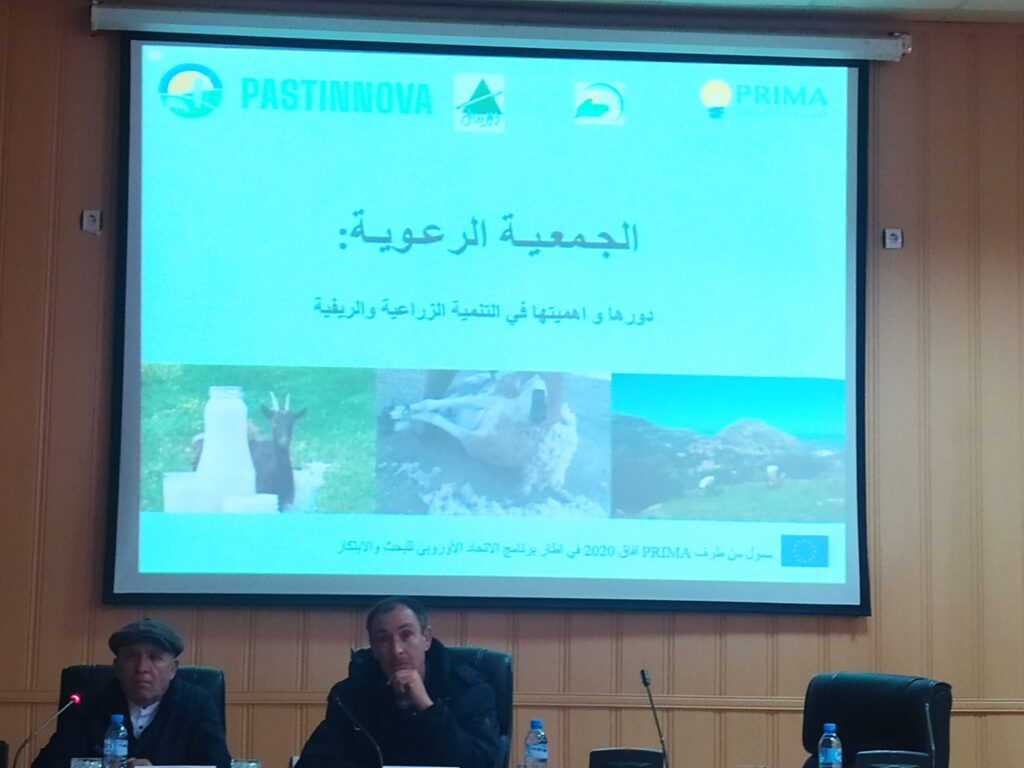Location:
Sétif – Algeria
Format:
In person
Duration:
1 day

Participants
Director of Agricultural Services of the Wilaya (Department) of Sétif
General Secretary of the Chamber of Agriculture of the wilaya
Director of the Technical Institute of Field Crops of Sétif
Director of the Medium Technological Institute for Field Crop Training in Sétif
Director of the National Center for the Control and Certification of Seeds and Seedlings of Sétif
Director of the National Cattle Feed Office of Sétif
Director of the High Commission for the Development of the Bordj Bouareridj Steppe
Director of the National Agricultural Mutual Fund of Sétif
President of the breeding cooperative El Wiaam
The Institute of Nutrition, Food and Agro-Food Technologies (INATAA)
The Secretary General of the Agricultural Chamber
The Director of Agricultural Services
The president of the integrated milk agri-food division
The president of the Bouhezza cheese promotion association
The Director of the Center for Research in Applied Economics for Development
Other participants from universities and the technical training institute and INRAA
Researchers and members of the PASTINNOVA Algeria project
The workshop aimed to raise awareness among all actors in agriculture and particularly the official stakeholders of PASTINNOVA in Algeria on the scope, relevance, approach and objectives of the PASTINNOVA project.
Furthermore, the workshop sought to provide stakeholders with an explanation of their role in RLL North Africa, particularly in regards to activities planned in Algeria.
The workshop brought together candidate farmers for the creation of a pastoral association and to take ownership of the hydroponic barley innovation. As such, the methods of creating the association and the technical and economic aspects relating to hydroponics were presented and discussed.
The participants as well as the stakeholders expressed their adherence and support for the project, in particular the local agricultural authorities.

How might the workshop impact the agricultural practices of the participant farmers in the future?
Where are the social science specialists located within the HYACINTH project?